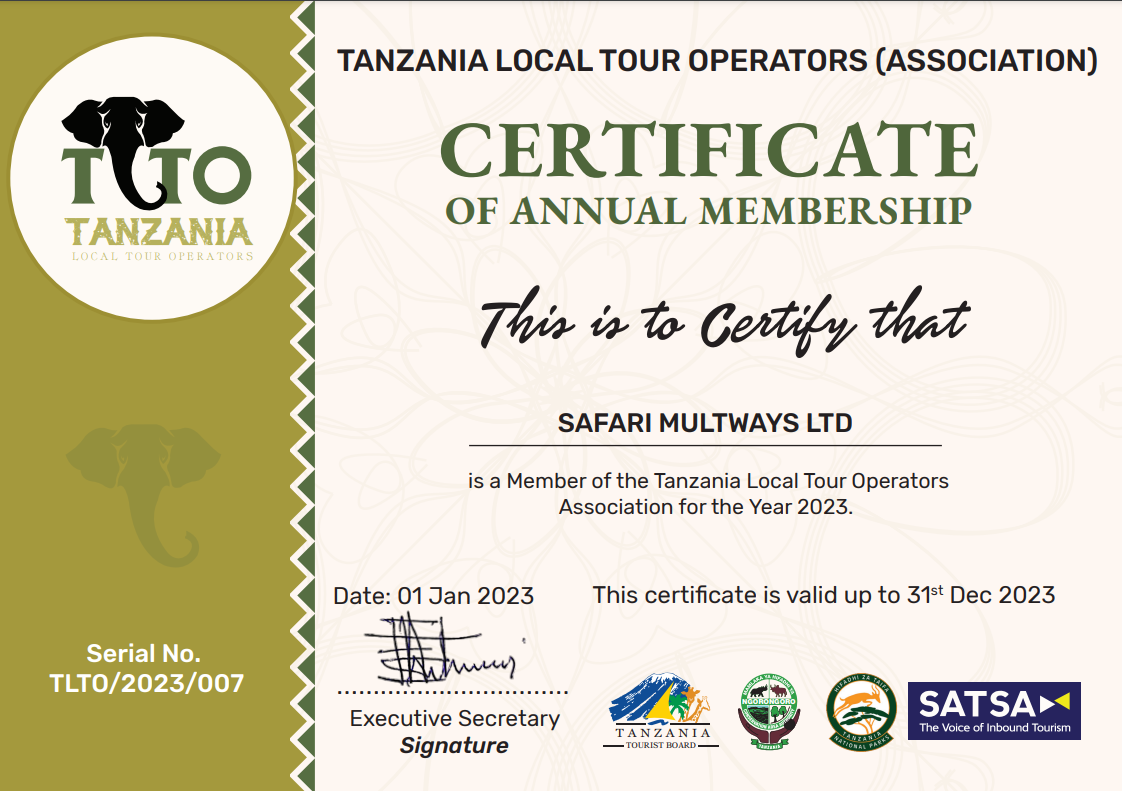Summiting Kilimanjaro: Conquering Altitude Woes!
Hiking to New Heights: A Journey to Kilimanjaro’s Summit
Welcome, adventurers, to the majestic Mount Kilimanjaro! Standing tall as Africa’s highest peak, this iconic mountain beckons thrill-seekers and nature lovers alike to conquer its summit and revel in the breathtaking views from the top of the world. The journey to Kilimanjaro’s summit is not just a physical challenge, but also a test of mental endurance and determination.
As you lace up your hiking boots and set foot on the dusty trails leading to the summit, you are embarking on an unforgettable adventure filled with awe-inspiring landscapes and unforgettable experiences. The lush rainforests, barren alpine deserts, and snow-capped peaks will leave you in awe of the natural beauty that surrounds you.
The summit of Kilimanjaro, Uhuru Peak, stands at a daunting 19,341 feet above sea level, making it a challenge for even the most experienced hikers. But fear not, for with the right preparation and determination, you too can conquer this mighty mountain and stand atop the roof of Africa.
Overcoming Altitude Challenges: Tips for a Successful Climb
As you ascend higher and higher towards the summit of Kilimanjaro, you may begin to experience the effects of altitude sickness. Symptoms such as headaches, nausea, and fatigue can make the climb more challenging, but with the following tips, you can overcome altitude woes and reach the summit with ease:
1. Acclimatize: One of the most important factors in preventing altitude sickness is to acclimatize properly. Take your time ascending the mountain, allowing your body to adjust to the decreasing oxygen levels. Consider adding rest days into your itinerary to give your body time to acclimate.
2. Stay Hydrated: Drinking plenty of water is essential at high altitudes to prevent dehydration and aid in acclimatization. Make sure to drink at least 3-4 liters of water per day to stay hydrated and combat the effects of altitude sickness.
3. Eat Well: Fueling your body with nutritious foods is crucial during your climb. High-altitude hiking burns more calories, so make sure to eat a balanced diet rich in carbohydrates, proteins, and fats to keep your energy levels up.
4. Listen to Your Body: Pay attention to any symptoms of altitude sickness you may be experiencing and communicate them with your guide. It’s important to take any warning signs seriously and descend if necessary to avoid serious complications.
5. Stay Positive: Climbing Kilimanjaro is as much a mental challenge as it is physical. Stay positive and focus on the incredible experience of reaching the summit. Visualize your success and draw motivation from the beauty of your surroundings.
With these tips in mind, you are well-equipped to conquer the altitude challenges of Kilimanjaro and reach the summit with a sense of accomplishment and awe. So lace up your boots, pack your bags, and embark on the journey of a lifetime to the top of Africa’s highest peak. Summiting Kilimanjaro is an experience you will never forget, a test of your limits, and a triumph of the human spirit. Happy hiking!



